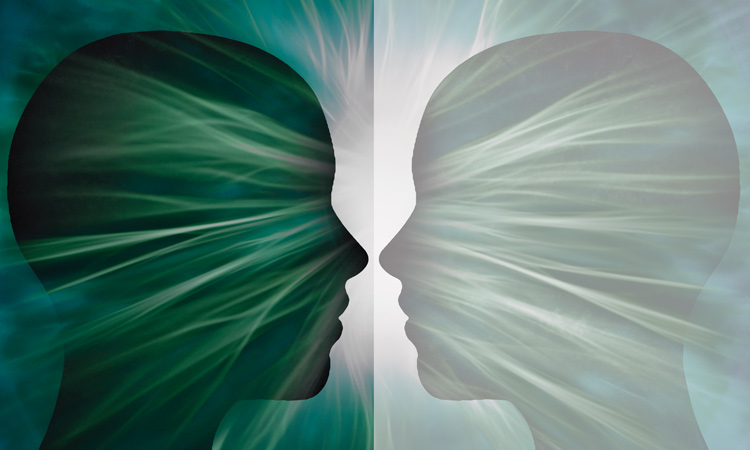Feature
Ghost Imaging
By using spatially separated but correlated photons or classical fields, it’s possible to image an object using light that has never touched it. The results illuminate some interesting theory—and point to new imaging applications.

[iStock]
Traditional imaging systems rely upon light transmitted by or scattered from an object to form an image on photographic film or a detector array. But in another kind of system, “ghost” imaging, the image is formed from light that has never interacted with the object. This counterintuitive result led to widespread interest in early quantum ghost-imaging approaches during the late 1990s. Since then, the field’s evolution has provided even more surprises. In this feature, we look at some of those surprises, and survey recent progress in both quantum and classical/computational ghost imaging.
…Log in or become a member to view the full text of this article.
This article may be available for purchase via the search at Optica Publishing Group.
Optica Members get the full text of Optics & Photonics News, plus a variety of other member benefits.
